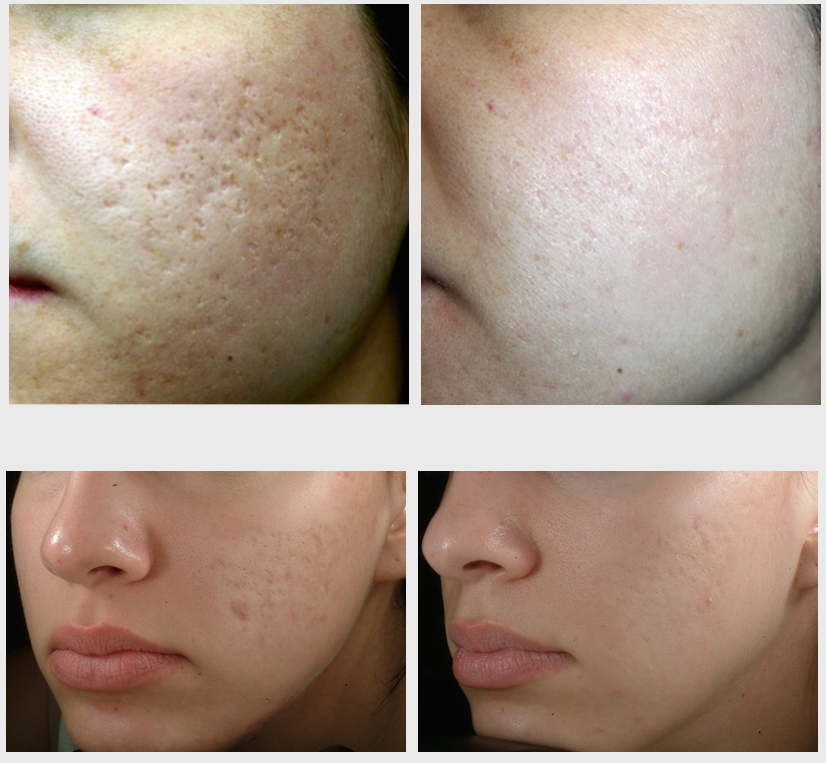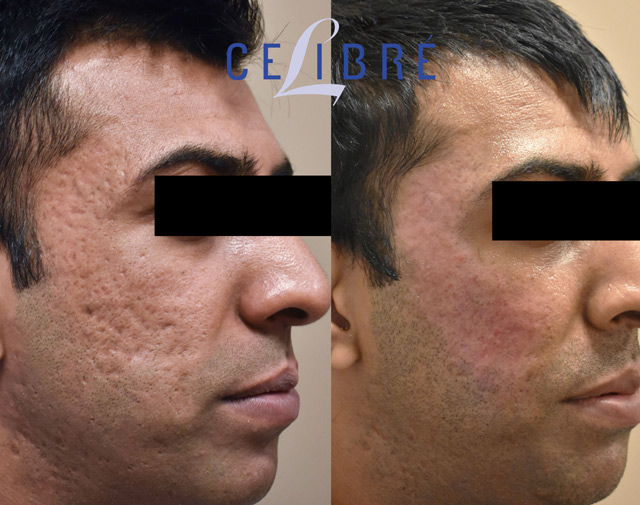Effective Acne and Acne Scars Treatment: Clear Your Skin with Confidence
Effective Acne and Acne Scars Treatment: Clear Your Skin with Confidence
Blog Article
Understanding the Different Skin Conditions and Efficient Therapy Choices for Acne Marks
Acne marks stand for an intricate interaction of skin problem that dramatically influence people' self-worth and total skin wellness. Understanding the distinct kinds of acne marks-- atrophic and hypertrophic-- alongside their underlying causes, is crucial for identifying effective treatment strategies. Various therapeutic options exist, varying from innovative skin-related treatments to all-natural treatments. The efficiency of these treatments frequently hinges on tailored evaluations by certified experts. As we explore the landscape of acne mark monitoring, it ends up being evident that the trip toward clearer skin may involve even more than just topical solutions.
Kinds of Acne Marks
Acne marks can materialize in numerous types, each requiring certain treatment strategies. Both primary groups of acne marks are hypertrophic and atrophic scars. Atrophic scars are identified by a loss of tissue, leading to depressed areas on the skin. These marks are further classified right into three subtypes: ice pick marks, which are narrow and deep; boxcar marks, which are wider and have distinct sides; and rolling marks, which create a wave-like look due to irregular skin structure.
On the other hand, hypertrophic scars result from an overproduction of collagen throughout the recovery procedure, leading to increased locations on the skin. These marks are frequently solid and can differ in shade, occasionally showing up red or darker than the surrounding skin.

Sources Of Acne Scarring
Marking takes place as an outcome of the body's natural healing feedback to inflammation and injury triggered by acne sores. When acne types, it sets off an inflammatory response, bring about the release of numerous cytokines and development elements that advertise healing. This process can occasionally lead to extreme cells formation or poor repair service, resulting in marks.
The main root causes of acne scarring include the severity of the acne itself, period of the lesions, and specific skin types. Extreme inflammatory acne, such as cysts and blemishes, is most likely to result in scarring because of much deeper tissue damages. In addition, inappropriate handling of acne sores, such as choosing or pressing, can aggravate cells injury and swelling, increasing the possibility of scarring.
Hereditary proneness likewise plays a significant role; people with a family history of scarring are at a higher danger. Skin kind and color can affect scar development, as darker skin tones might experience post-inflammatory hyperpigmentation, while lighter skin might develop atrophic scars.

Treatment Choices for Scarring
Efficient treatment options for acne scarring differ relying on the kind and extent of the marks. Usually classified right into atrophic, hypertrophic, and keloid scars, these conditions require customized strategies for optimum outcomes.
For atrophic marks, which are defined by a loss of tissue, treatments such as chemical peels, microdermabrasion, and laser treatment are generally used. These techniques promote skin renewal and boost collagen manufacturing, consequently enhancing skin texture. Subcision, a minimally invasive procedure, can additionally work by damaging up fibrous bands beneath the skin.
Hypertrophic and keloid marks can be a lot more challenging to treat. Alternatives include corticosteroid injections to reduce swelling and squash the scars. acne scars. In many cases, cryotherapy or laser treatment may be advised to reduce their appearance
Surgical alternatives are offered for severe scarring, where excision or skin grafting might be required. It's vital for individuals to talk to a dermatologist to analyze their certain scar kind and discuss one of the most suitable therapy plan. Incorporating multiple therapies Visit Website typically generates the very best end results, making sure that each patient's special skin disease is resolved efficiently.
Natural Home Remedy and Natural Solutions
All-natural remedies and home treatments can provide an easily accessible approach for individuals looking for to improve the appearance of acne marks. Various components located in the home kitchen have shown potential benefits in improving skin appearance and promoting healing.
One prominent solution is aloe vera, known for its relaxing and anti-inflammatory properties. Applying fresh aloe vera gel directly onto the scars can assist enhance skin hydration and minimize soreness. Honey has natural antibacterial and moisturizing qualities that can help in scar healing. It can be utilized as a mask, left on for thirty minutes prior to rinsing.
Another efficient alternative is lemon juice, which acts as a natural exfoliant and can lighten hyperpigmentation. Nonetheless, it needs to be utilized meticulously, as it might create photosensitivity. Oatmeal masks are likewise helpful; their mild exfoliation can help remove dead skin cells while comforting irritation.
Important oils, such as tea tree oil and lavender oil, can even more support mark recovery because of their antimicrobial residential properties. It is vital to execute a spot test before using any kind of solution to make sure there are no unfavorable reactions. These all-natural options can be a complementary strategy in the trip to decrease acne marks.
Protecting Against Future Scarring
Embracing a proactive strategy to skin care can substantially minimize the risk of creating future acne scars. Among the essential strategies is to take care of acne efficiently as it arises (acne scars treatment). This includes utilizing non-comedogenic this content skin care products and drugs recommended by dermatologists that target acne without irritating the skin. Normal cleansing, peeling, and hydration can help keep skin health and stop blocked pores.
In addition, staying clear of the lure to press or select acne sores is critical, as this can bring about swelling and succeeding scarring. Rather, individuals should concentrate on using topical therapies that promote recovery and reduce inflammation. Components such as salicylic acid, benzoyl peroxide, and retinoids are recognized for their efficacy in handling acne and lessening marks.

Last but not least, maintaining a healthy and balanced diet rich in antioxidants and remaining moisturized assistances skin regeneration. By executing these preventative measures, individuals can substantially decrease their threat of future scarring and promote overall skin health and wellness.
Final Thought
In conclusion, a thorough understanding of acne scars, including both hypertrophic and atrophic kinds, is crucial for effective treatment strategies. Tailored interventions, including professional treatments and natural home remedy, can significantly enhance skin look and appearance. Preventive measures also play an essential role in reducing future scarring. Assessment with a skin specialist stays crucial to create individualized techniques that think about specific skin kinds and mark intensity, eventually enhancing Learn More the efficacy of mark monitoring methods.
Acne marks represent a complicated interaction of skin problems that substantially effect people' self-esteem and overall skin health and wellness. The two key categories of acne scars are atrophic and hypertrophic marks. These marks are further classified right into 3 subtypes: ice pick scars, which are narrow and deep; boxcar scars, which are bigger and have well-defined edges; and rolling marks, which create a wave-like look due to uneven skin appearance.
A thorough consultation with a dermatologist can help figure out the most suitable treatment, taking into account the person's skin type, mark severity, and general skin wellness.
Assessment with a skin doctor stays important to design personalized methods that take into consideration individual skin types and scar extent, ultimately enhancing the effectiveness of mark monitoring strategies.
Report this page